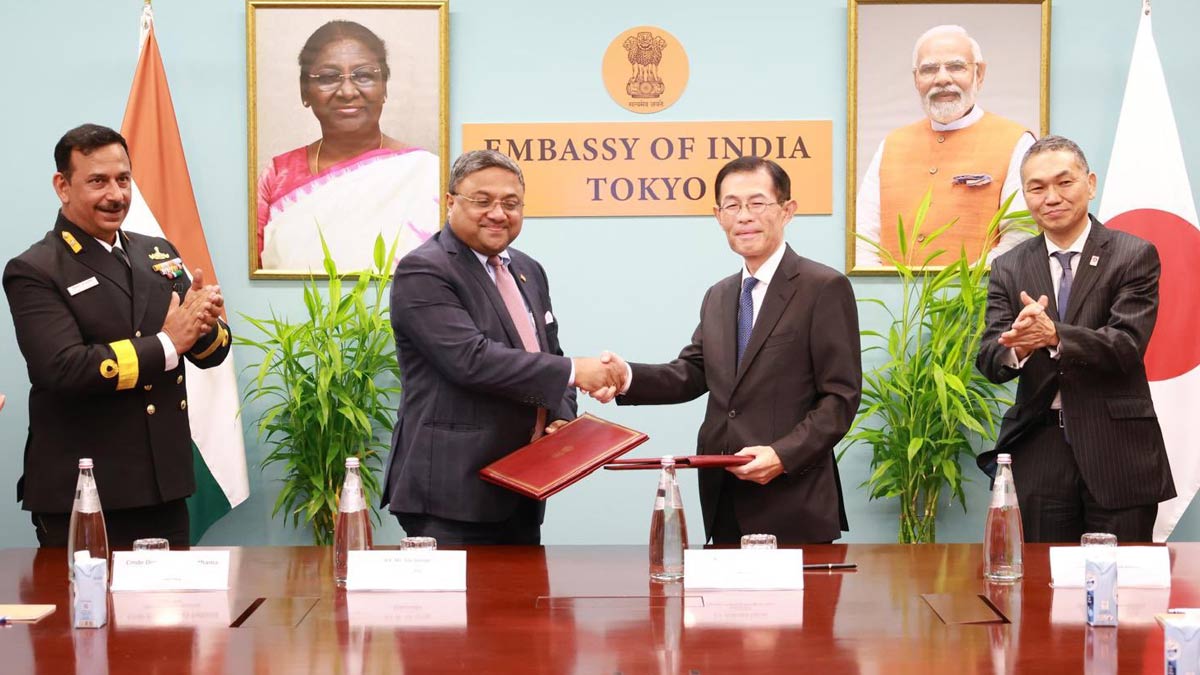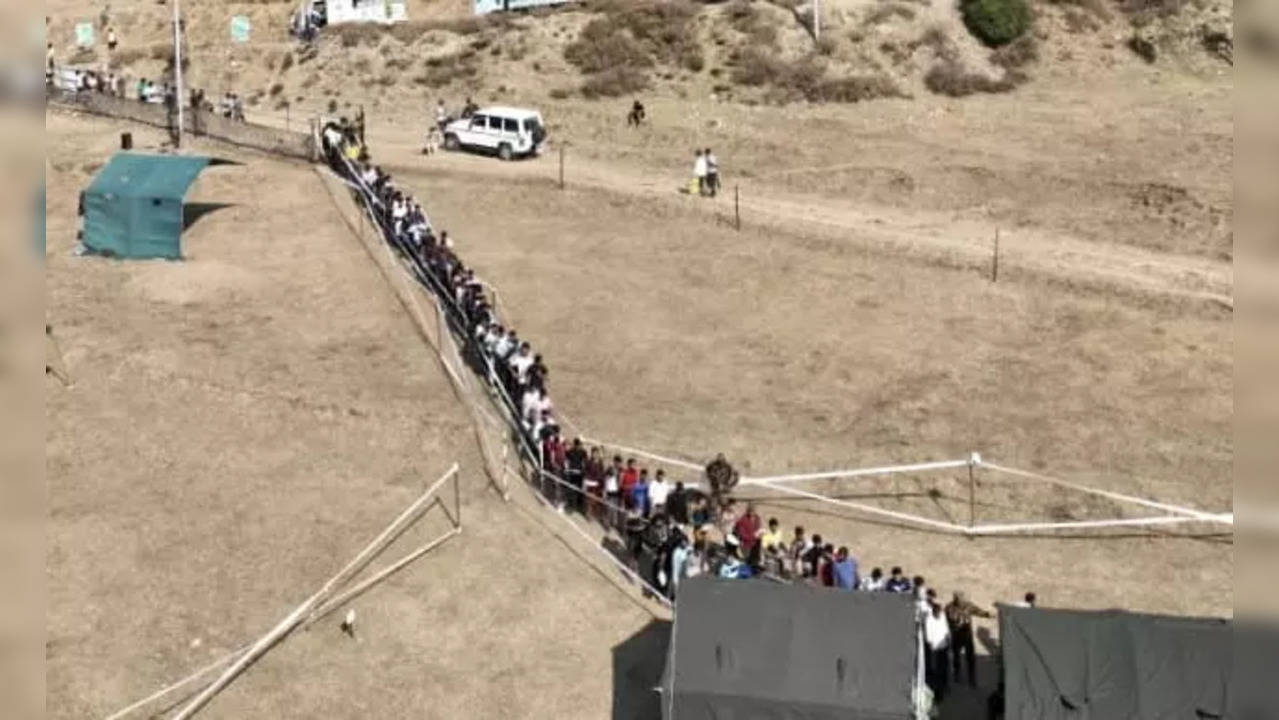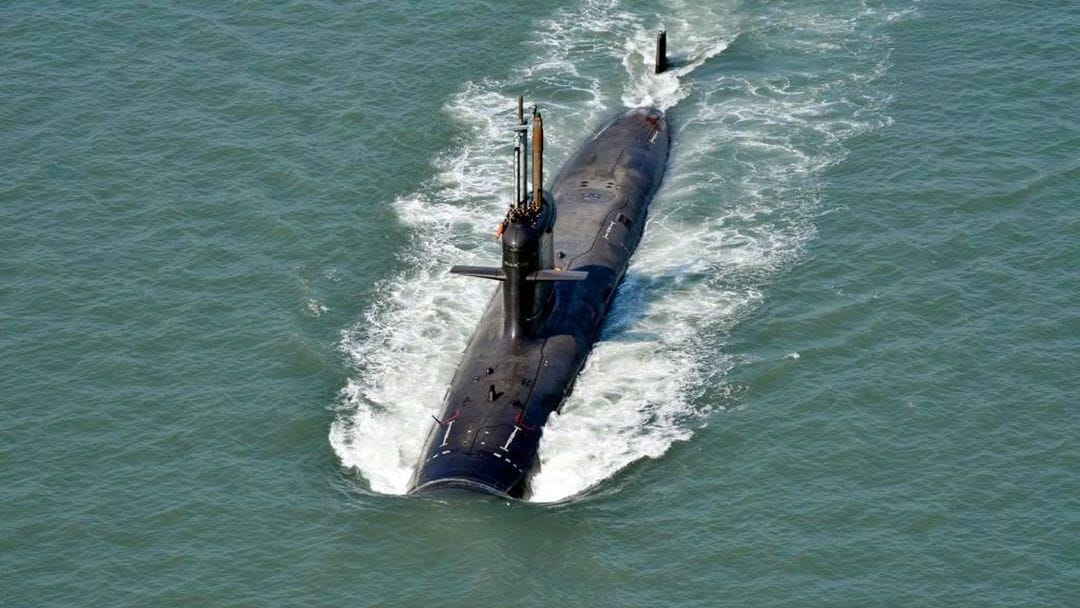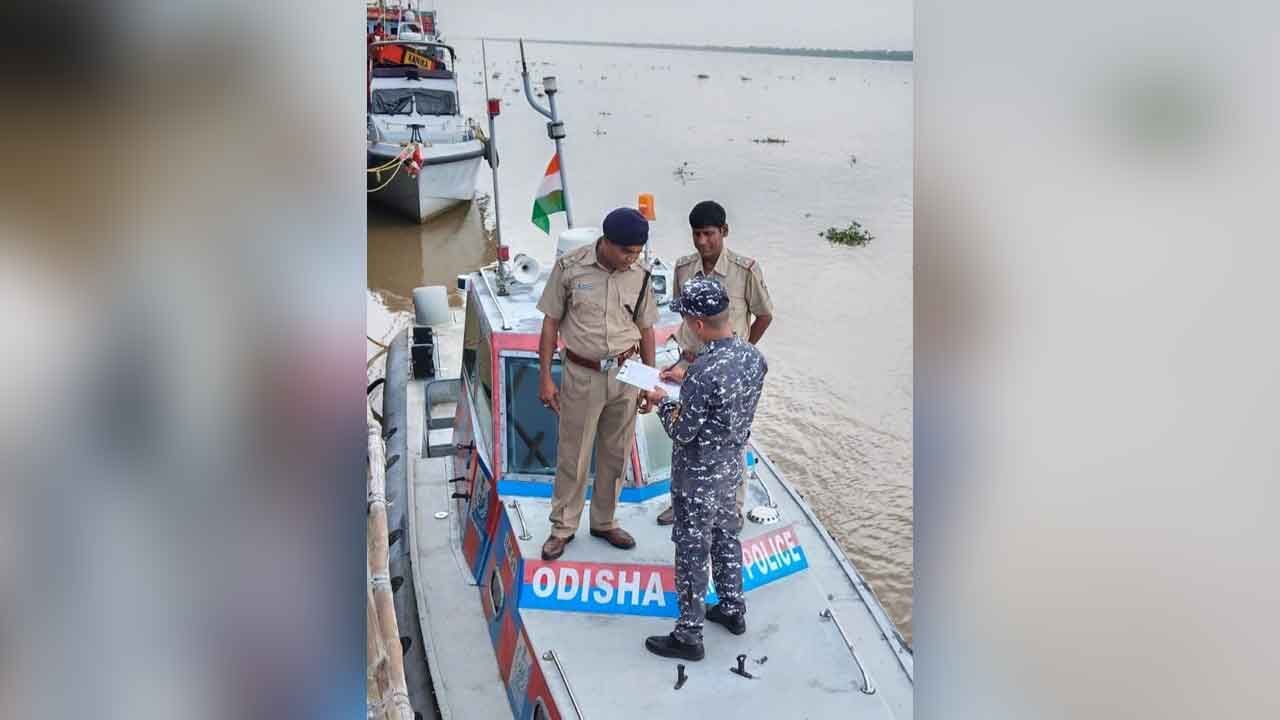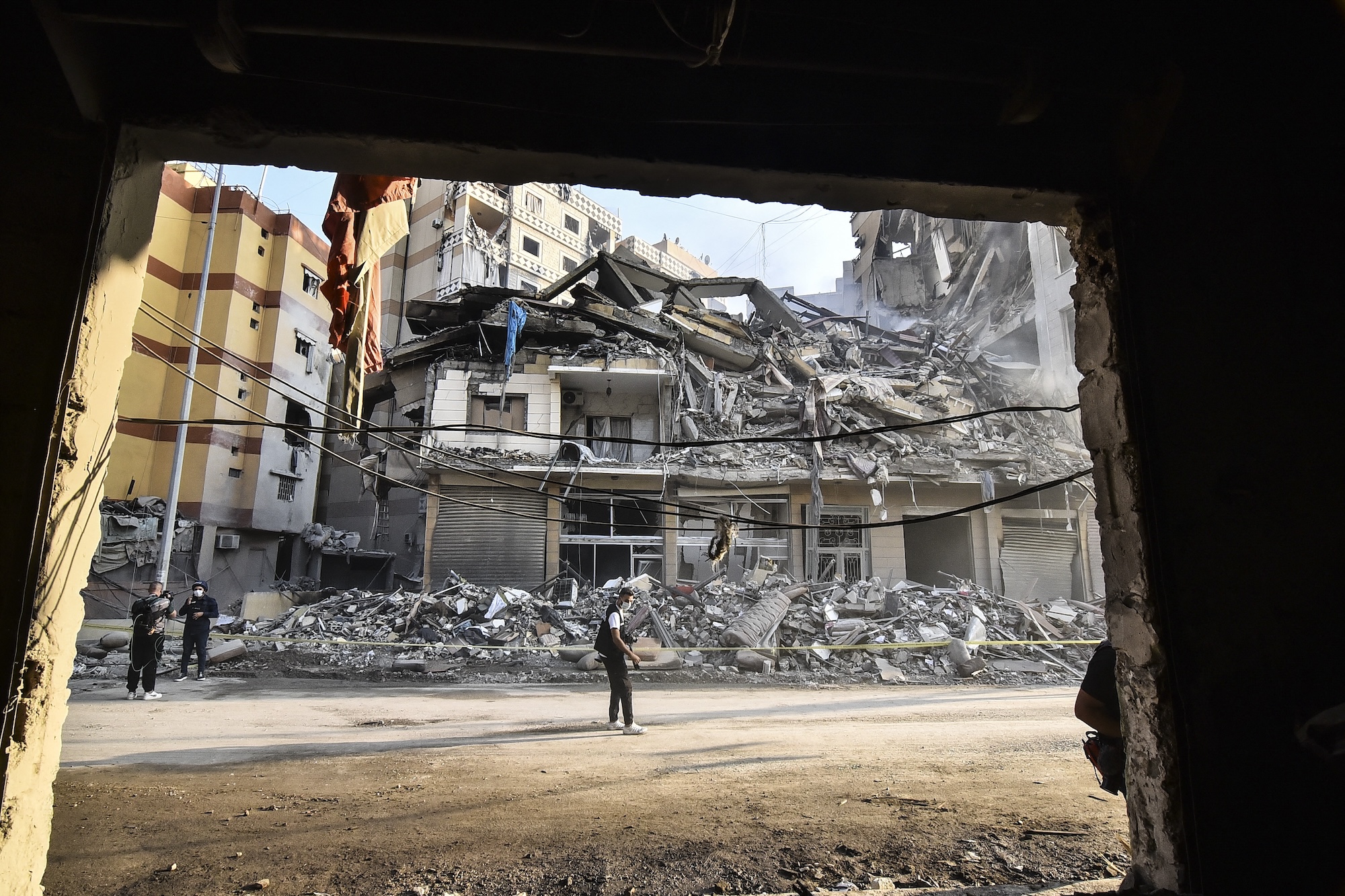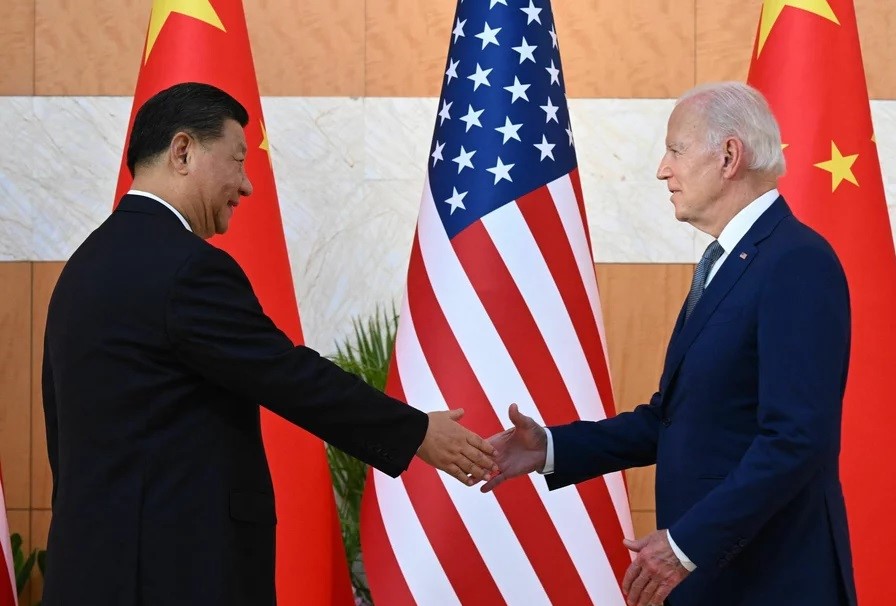India and Japan Sign Memorandum for Co-Development of UNICORN Mast for Indian Navy
In a significant development for defense collaboration, India and Japan have formalized a partnership through a memorandum of implementation aimed…
J&K Youth Embrace Patriotism: Thousands Gather in Doda for Army Recruitment Rally
In a remarkable display of nationalism, thousands of young men from Doda and surrounding districts converged on the Bhalra recruitment…
India’s BARC Develops 190-MW Nuclear Reactor to Enhance Submarine Capabilities
The Bhabha Atomic Research Centre (BARC) is embarking on an ambitious project to develop a 190-MW nuclear reactor, specifically designed…
Indian Navy to Conduct Pan-India Coastal Defence Exercise ‘Sea Vigil-24’ on November 20-21
The Indian Navy is gearing up for the fourth iteration of its comprehensive Coastal Defence Exercise, ‘Sea Vigil-24’, set to…
Lebanese Officials Review U.S. Truce Proposal Amid Ongoing Israel-Hezbollah War
Lebanese officials were engaged in discussions on a U.S. proposal for a truce amidst the ongoing conflict between Israel and…
Biden and Xi Warn of Turbulent Times Ahead Amidst Trump’s Impending Return to the White House at APEC Summit
US President Joe Biden and Chinese President Xi Jinping issued warnings about challenging times ahead during their addresses at an…

